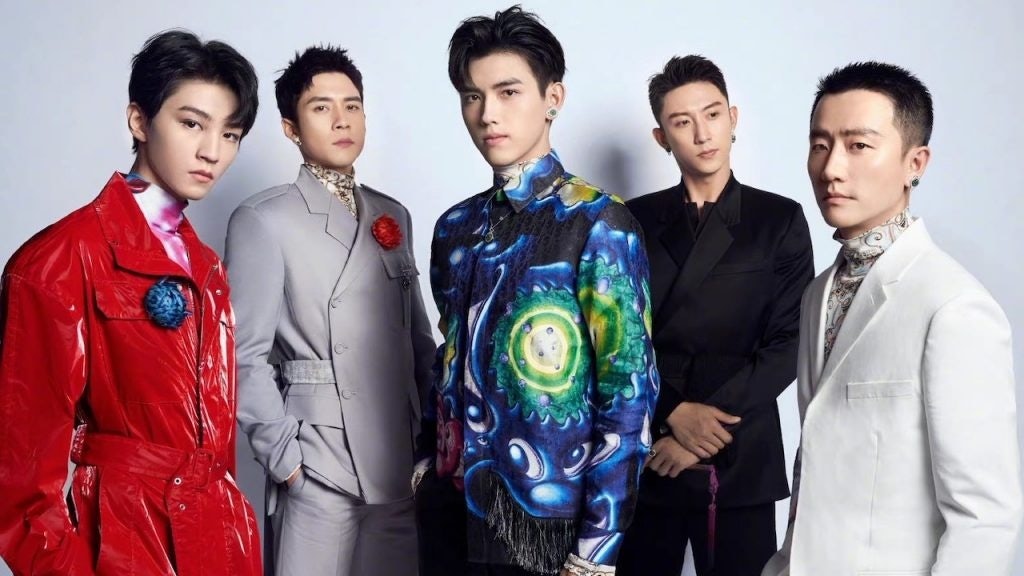Key Takeaways:#
International luxury brands are shying away from guochao because of fear of repercussions, yet it represents lucrative potential.
Brands must be authentic and humble while showing respect for China’s recent history in their nostalgic marketing.
Luxury labels can leverage a large Chinese audience and an in-depth cultural/ historical understanding by partnering with Chinese brands and creators.
Guochao has been a widely discussed trend in China, but it is one that few international luxury brands are willing to embrace. Meaning "national wave," it refers to a new mix of contemporary design and nostalgic cues.
So far, guochao has mainly been associated with Chinese brands, spurred by the movement that turned ‘Made in China’ into ‘Designed in China.' Rather than symbolizing an act of blind patriotism, as it has often been interpreted, guochao is more a realization among Chinese consumers that local companies are developing high-quality products that directly focus on them. By incorporating Chinese culture and a sense of nostalgia, this style enables brands to appeal to consumers’ growing desire to connect with their history and culture through fashion.
International brands are wary of the guochao opportunity#
If guochao is such a winning formula, why have so few international brands gotten involved? The increased hostility towards international brands, stemming, in part, from the Xinjiang cotton scandal, has made brands wary. Brands are now afraid to step out of line and succumb to China's cancel culture, which goes beyond boycotts and is more of a full-scale attack on a brand. Foreign brands have become hypersensitive to the Chinese market, and they are so afraid to make mistakes today that they compromise their creativity and stifle bold, winning campaigns. But there are three main ways brands can create guochao campaigns that resonate while avoiding a minefield of mistakes.
Collaborate with savvy Chinese guochao brands and unleash their audience#
Luxury labels can borrow Chinese brands’ deep connection with their consumers by partnering in co-branded collaborations. With the high Chinese consumer demand for limited editions and unusual products, there are opportunities for collaborations across many industries. Brands should look for partners with a decent track record, so they can work with an established audience and gain an in-depth understanding of the consumer base.
Stylish sportswear brand Li-Ning is one of the many Chinese brands to leverage guochao successfully. The brand has become one of China’s top homegrown labels, thanks to its retro design and products branded with ‘中国’ (China). It has already partnered with Scandi streetwear brand Soulland and the luxury menswear brand Random Identities, showing that it is keen to create co-branded partnerships and get its name out in the Western world.

Develop authenticity by working with Chinese creators#
Authenticity is an important part of guochao, and luxury brands can achieve it by working with creators that make sense with their brand images or campaigns. In a society with extensive influencer fraud, the key is to pick individuals who have real-world influence rather than just large followings on social media. While selecting a celebrity or KOL with a large following can leverage China’s extreme fan culture to gain high reach, it also looks superficial. If brands truly want to resonate, they need to find people genuinely involved in this specific nostalgic trend and harness their support.
Chinese perfume brand Boitown did that with its 520 campaign alongside Douyin creator Chuqi (楚淇). Known for his focus on ancient Chinese styles, Chuqi will transform into a character from the famous ancient novel "Legends of the Condor Heroes" in his 520 videos.
Go at it alone (humbly)#
Aside from working with Chinese brands and creators, luxury brands can include Chinese cultural elements on their own through festivals, family traditions, food, and more if they do it authentically and humbly. In contrast to common misconceptions, guochao is not solely about patriotism or nationalism. Modern Chinese history and retro nostalgia can be integrated into a brand’s design philosophy to create a rich, meaningful campaign. In fact, guochao can be evoked in both product designs and campaigns, and either path helps brands build strong bonds with consumers.
Dior explored guochao in its newly released fall collection by utilizing the traditional Chinese craft technique of seed embroidery (打籽绣) in its shoes and bag. The brand also combined zodiac animals with streetwear designs in the collection, creating a cool and unique retro style.

Guochao is a way for brands to show their respect for Chinese consumers#
Luxury brands certainly can — and should — tap into guochao, as working with Chinese brands and creators offers a simpler alternative because they hold claim to real cultural insights and attentive audiences. While integrating this trend into a campaign is more difficult for Western brands to do by themselves, it is by no means impossible. If done correctly and respectfully, brands could become big winners in their respective markets.

